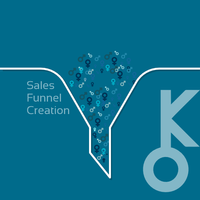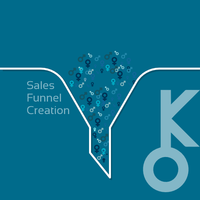Conversion Optimization: A/B Testing
Conversion optimization A/B testing is a crucial technique used by marketers and sales professionals to improve the efficiency and effectiveness of their digital marketing efforts. It involves creating two or more versions (variants) of a web page, email campaign, or advertisement, and testing them against each other to determine which version performs better in terms of desired user actions or conversions.
Why is A/B Testing Important for Conversion Optimization?
A/B testing allows businesses to make data-driven decisions based on real-time user feedback to optimize their conversion rates. It helps identify which elements of a sales funnel are effective in driving conversions and which ones need improvement. By comparing different versions of web pages or marketing materials side-by-side, businesses can gather valuable insights into user preferences and behavior patterns.
How Does A/B Testing Work?
The process typically involves the following steps:
Identify the Objective: Start by defining the specific goal you want to achieve through your conversion optimization efforts. This could be increasing click-through rates, improving sign-up form completion rates, reducing bounce rates, etc.
Create Variants: Develop alternative versions (variants) of the element you want to test – website landing page, email subject line, call-to-action button design/layouts – with one key difference between each variant.
Split Traffic: Randomly divide your audience into different groups equally, directing each group to see one variant only.
Collect Data: Monitor and collect relevant data points such as conversion rate, time spent on page, bounce rate, etc., for both variants over a specified duration.
Analyze Results: Compare the performance metrics gathered from each variant using statistical analysis tools/software aimed at identifying statistically significant differences.
Draw conclusions: Based on statistically significant results from analyzing collected data points; decide which variant performed better in achieving your predefined objective.
Implement Changes: Replace the underperforming variant(s) with the winning variant, or iterate further by creating new variants based on insights gained from the test.
Best Practices for A/B Testing:
To ensure accurate and meaningful results from your A/B tests, it is important to follow these best practices:
Test One Element at a Time: To accurately attribute any observed improvement in conversion rates, limit changes to one element at a time across variants.
Define Sample Size and Duration: Determine an appropriate sample size (number of visitors) and duration for the test to ensure reliable results. Consider factors such as seasonality, traffic volume, and statistical significance thresholds.
Focus on Key Pages/Stages: Prioritize testing critical pages within your sales funnel where users make significant decisions or conversions (e.g., landing pages, checkout process).
Monitor External Factors: Be aware of external factors that might influence user behavior during the test period (holidays, special promotions) which may skew results.
Iterative Testing: Continuously run A/B tests to refine elements of your website or marketing strategies over time rather than considering it as a one-time initiative.
Keep Record of Findings: Document all your A/B test findings including significant learnings and implications for future optimization efforts.
Test Regularly: As consumer preferences evolve over time and technology improves; regular testing is crucial to stay ahead of competition and maintain high conversion rates.
In conclusion, conversion optimization A/B testing provides a powerful methodology for businesses to improve their online marketing efforts systematically. By implementing an iterative process leveraging data-driven insights obtained through analyzing different variants side-by-side; companies can optimize their sales funnels ultimately leading to increased conversions and revenue growth.
















